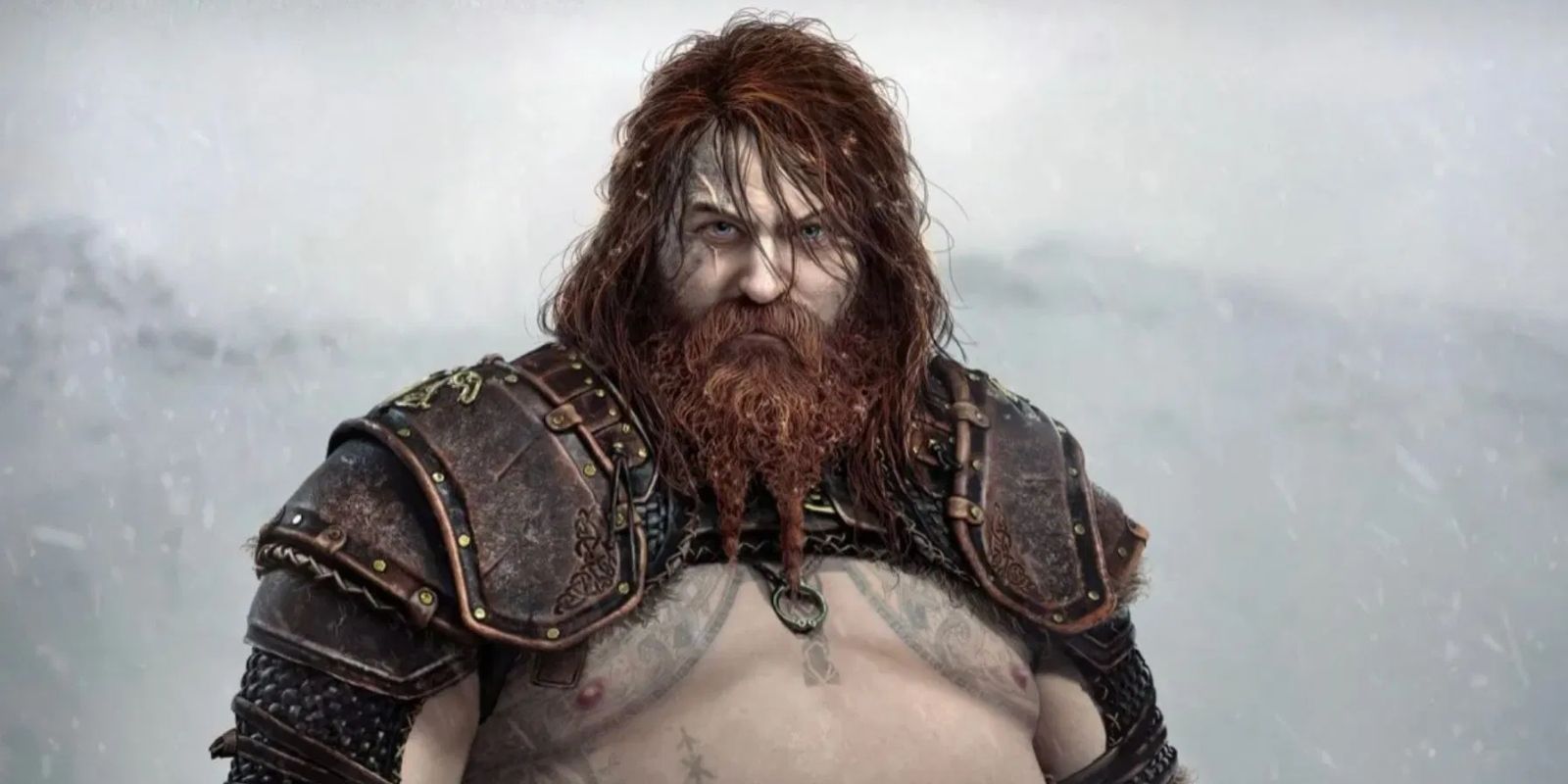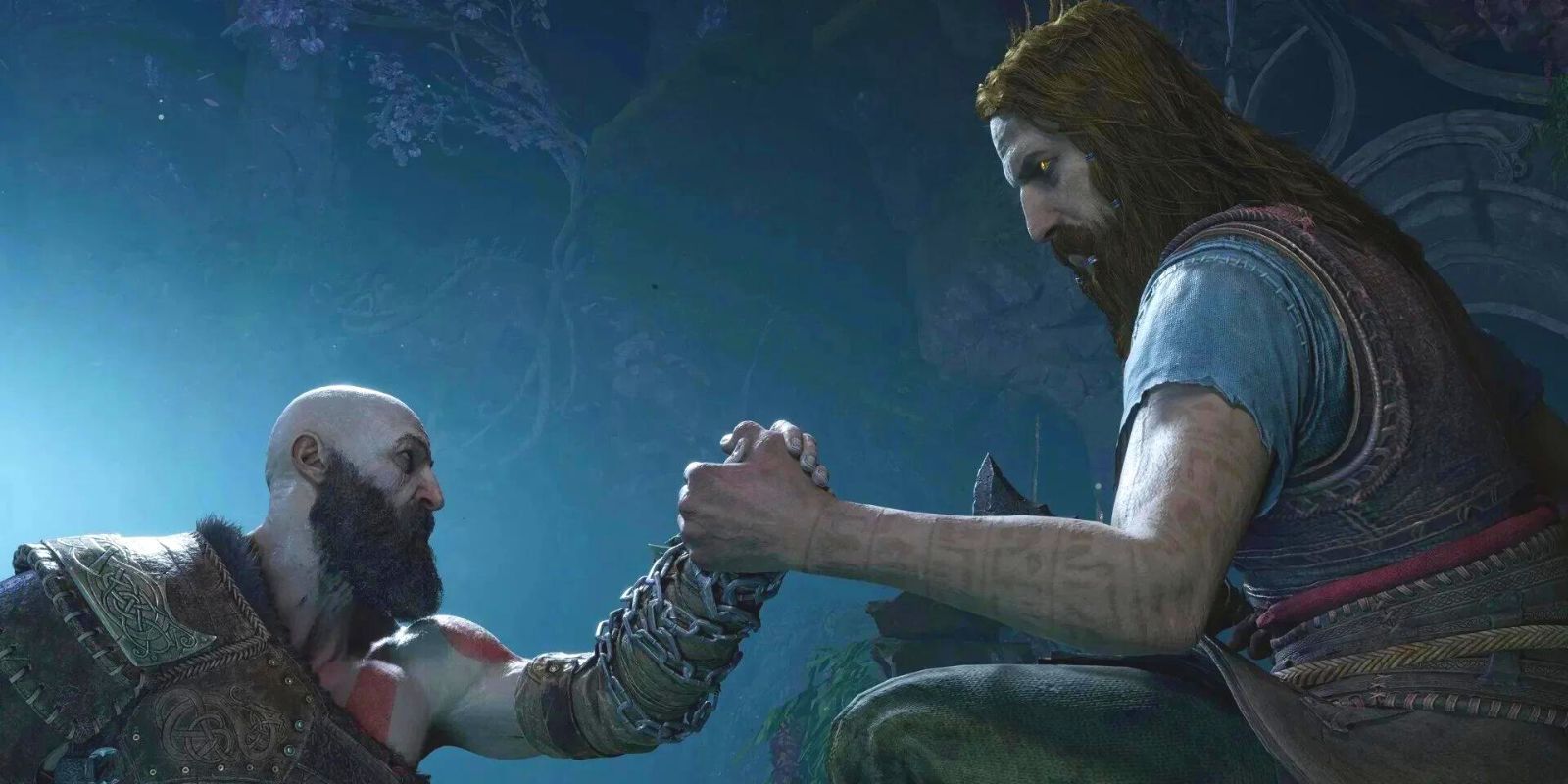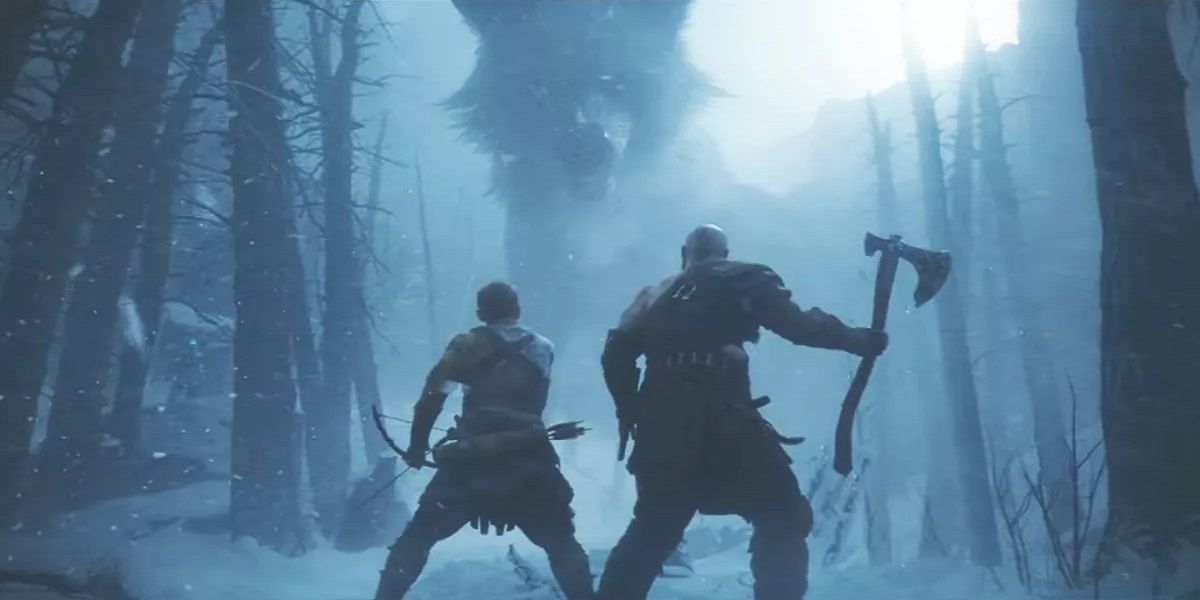The God of War franchise, developed by Sony's Santa Monica Studio, has made quite a name for itself in the world of action-adventure RPGs. In the games, players follow the pursuits of the former Spartan Kratos, as he finds himself pitted against gods of Greek and Norse pantheons. The franchise recently launched its 10th official installment with God of War Ragnarök.
One interesting element of God of War Ragnarök is the inclusion of not only an older, more weathered Kratos but also his son Atreus, who fills the role of an additional protagonist. The story focuses on the prophesied end of the world when Fenrir the wolf will break free of his chains and kill Odin. With so much source material and mythological details to use as reference, Sony has certainly accomplished an impressive feat. But just how accurate is the game to Norse mythology?
God of War Ragnarök Strives to Make the Gods Match Their Myths
There are many gods from Norse mythology featured in God of War Ragnarök, and they all have a part to play in the coming of the war to end the gods and the world, called Ragnarök. Thor, the god of thunder, is depicted as a round-bellied warrior wielding his trusty hammer, Mjolnir. While the hammer-wielding god isn't explicitly described that way in the myths, it makes for a unique take, much different from the Thor that Marvel created: a muscular, visually appealing man who is goofier than the one in God of War Ragnarök. The game's portrayal is likely to surprise some players, but it also sets the game apart and makes Thor a more memorable character.
With Odin, the All-Father, God of War Ragnarök takes a similar approach to Assassin's Creed Valhalla by making him a serious, mysterious figure. Fans were first given a glimpse of the god of wisdom, healing, and war as only a dark silhouette in the game's story trailer. This could've been a way to hide Odin's identity, which would have been easily given away by him having only one eye (something that keeps the game accurate to the myth). However, with the release of the game, fans' theories about the shadowy figure's identity were confirmed, and Odin joined the cast of gods. Odin's portrayal is made more accurate to the myth through the inclusion of his two ravens, which represent thought and memory.
Other figures in God of War Ragnarök include Tyr, who in the game is described as the Norse god of war despite this not being his designated title in mythology (the title fits better with Odin, who wages war to harvest the souls of those killed). Additionally, Freya can transform into a falcon, which is a nod to her Falcon Coat. The Coat allows the wearer to fly in the form of a hawk, making her portrayal in the game more accurate. In Norse mythology, Loki is often seen borrowing this coat.
There are also some drastic departures from mythology. For instance, Kratos and Atreus deal with the consequences of Baldur's death, which occurred in God of War at Kratos' hands. In the myth, however, Baldur (or Baldr) is killed with a mistletoe arrow that Loki tricks the blind Höd into shooting at him.
How Accurately is Ragnarök Portrayed in God of War Ragnarök?
God of War Ragnarök takes place at the end of the "terrible winter," Fimbulwinter, that is said to precede Ragnarök. Other aspects of the game that make its portrayal of Ragnarök accurate are the death of Baldur in the fourth game and the inclusion of the great wolf Fenrir. For Ragnarök to begin, Fenrir breaks his bonds (which were meant to keep him from fulfilling his destiny as the one to kill Odin) at the time of Ragnarök, making him an important figure in both the myth and game.
In the game, Fenrir appears as both regular-sized and massive. This is accurate to a degree, as his size varies depending on the Norse text. In some, he is described as the size of a normal wolf, but in others, he is as big as the wolf portrayed later in the game. In the game, as in the myth, it is Fenrir alongside the Jotunheim giants, led by the fiery Surtr, who plays an important role as Ragnarök progresses.
Another interesting detail that's kept intact in God of War Ragnarök is the part of Norse mythology that describes two wolves, Sköll and Hati, that swallow the sun and moon. At one point in the game, the two wolves can be seen watching the heavens, with one then jumping into the sky and chasing down the sun. While there are some discrepancies, their presence and role in Ragnarök are enough of a nod to Norse mythology to count as accurate.



